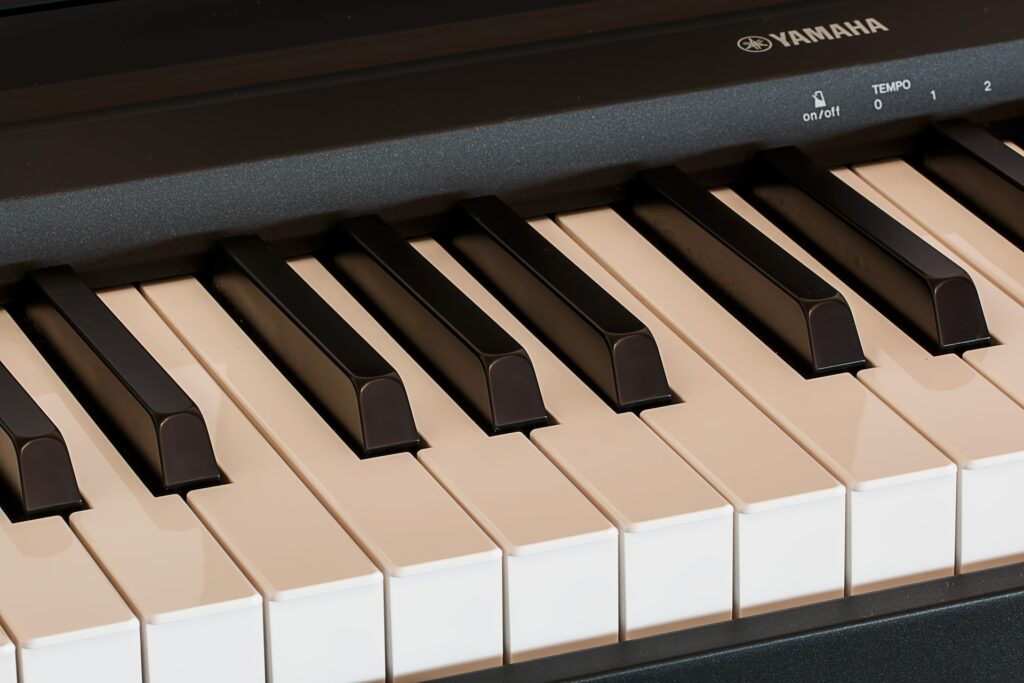Scaramuzza Technique, Uncategorized
PIANO LESSONS RESOURCES – FINGER MOVEMENT
Resources for Piano Lessons – Understanding the exact way in which each piano movement works is fundamental if we want to be confident in our approach as professional piano teachers.
The “finger movement” is used in 80% of cases on average in all styles (baroque, classical, romantic, and 20th century). That’s why we will dedicate a chapter to explain the main factors we must focus on to perfect it.
The main components of the movement are:
The fuel: The contradiction between the natural weight of the elbow (pull) and the grip of the fingers Mobile components: proximal phalanges – trigger and distal phalanges – proper grip Stages: ready-to-play positions (fingers lifted) and playing (finger on the key) Intensity: defined by the proximity of the fingers to the keyboard, the speed at which they are activated, and their position in relation to the length of the keys
THE FUEL
The constant tendency of the hand to leave the keyboard is counteracted by the contraction of the distal phalanges. This contraction must be minimal and sufficient to establish a stable and effortless “waiting” position on the keyboard. This position must primarily deliver all the weight of the arms to the keyboard. The curvature of the fingers at this stage should be approximately 160 degrees. This balanced leverage of content is what fuels the finger movement. The finger should not act as a handle but as an electrical switch that is turned on or off. Piano lesson resources by WKMT.
A good way to check and feel if we are correctly diverting the weight of the arms is to slightly contract and release the distant phalanges to feel the pressure that the arm exerts on the fingertips.
THE MOBILE COMPONENTS PROXIMAL PHALANGES
This section of our fingers is basically intended to be the trigger itself. Across the whole finger down to the surface of the key. The gesture will be similar to a catapult with a similarity to a shovel, not a needle.
DISTAL PHALANGES
Our way of tuning the landing of the finger. The distal phalanges, the last part of the tip of our fingers, are responsible for stabilizing the fingers instead of exerting pressure on the keys themselves. We should feel a fairly imperceptible tension on them, sufficient to support the arm on the keyboard.
THE STAGES READY-TO-PLAY POSITION
Our fingers must be lifted at all times. The higher we lift, the more potential speed we will develop, hence, the stronger we will sound.
PLAYING POSITION
The distal phalanges are fully activated in this stage. They are tense enough to support the weight of the arm and direct it towards the tip of our fingers. We really need to try to feel all the weight of our arms on the fingertips and make the transfer as clean as possible from one finger to the other. As Gianluca Fronda says, like a ball of energy contained in your back that suddenly releases uncontrollable sparks of energy that run all over our body and end up at the very tip of the attacking finger.
INTENSITY
The volume is directly affected by the speed at which we press the piano keys. This speed will vary depending on the distance from the fingertips to the keys and the point they aim at along the total length of the key.
We must try to ensure that we develop maximum finger articulation, one that allows us to lift our fingers without tensing any other part of our arm or wrist.
#Scaramuzza #best finger technique

